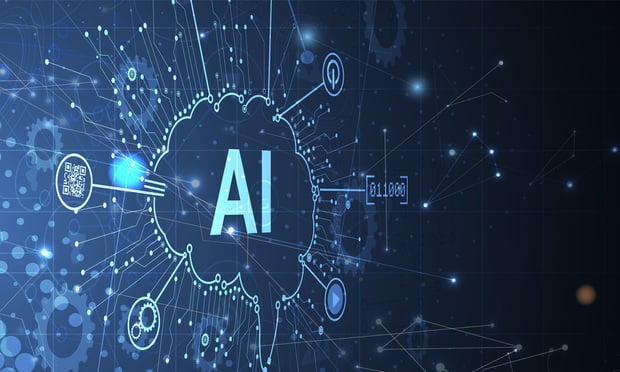Law.com Subscribers SAVE 30%
Call 855-808-4530 or email [email protected] to receive your discount on a new subscription.
Predictive Analytics in a Data-Driven World
The use of predictive coding in e-discovery answers the need to automate document review for discovery purposes. Why is automation of this process now so necessary? Because Big Data is upon us, and the legal profession is as much affected by this mountain of information as is business. We need automation to make our way through this.
Prediction coding is one part of the process of quantitative predictive analytics, and the use of predictive analytics in the practice of law is charging well past its role in e-discovery. Think about it: how often is a lawyer required to make a prediction: Do I have a case? What is our likely exposure? How should this legal matter be priced? Who in the firm is best equipped to handle it? What's up with the judge? What's the best jury composition? These are the questions that can, and will, rely on human-trained technology designed to wrest these decisions from the frailties of human thinking.

New York's Latest Cybersecurity Commitment
On Aug. 9, 2023, Gov. Kathy Hochul introduced New York's inaugural comprehensive cybersecurity strategy. In sum, the plan aims to update government networks, bolster county-level digital defenses, and regulate critical infrastructure.

Law Firms are Reducing Redundant Real Estate by Bringing Support Services Back to the Office
A trend analysis of the benefits and challenges of bringing back administrative, word processing and billing services to law offices.

Bit Parts
Summary Judgment Denied Defendant in Declaratory Action by Producer of To Kill a Mockingbird Broadway Play Seeking Amateur Theatrical Rights

How AI Has Affected PR
When we consider how the use of AI affects legal PR and communications, we have to look at it as an industrywide global phenomenon. A recent online conference provided an overview of the latest AI trends in public relations, and specifically, the impact of AI on communications. Here are some of the key points and takeaways from several of the speakers, who provided current best practices, tips, concerns and case studies.

